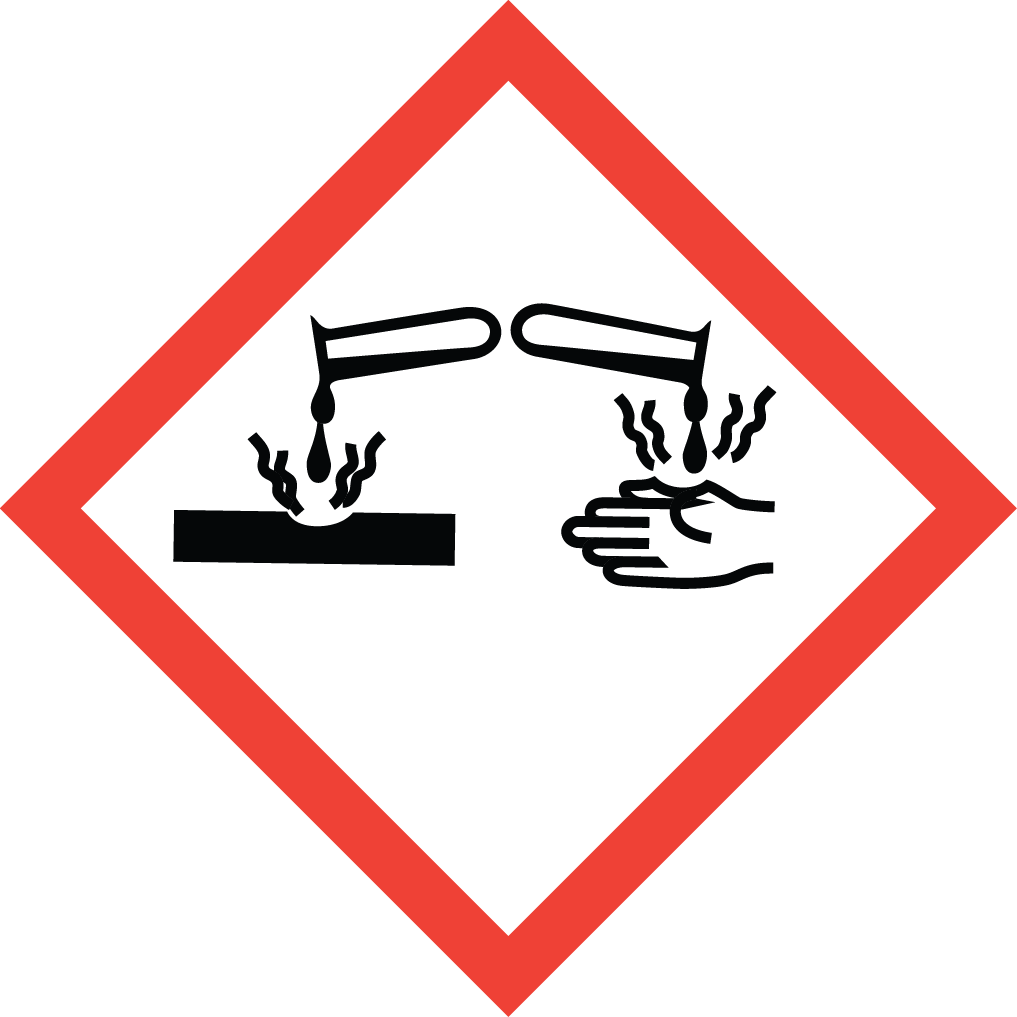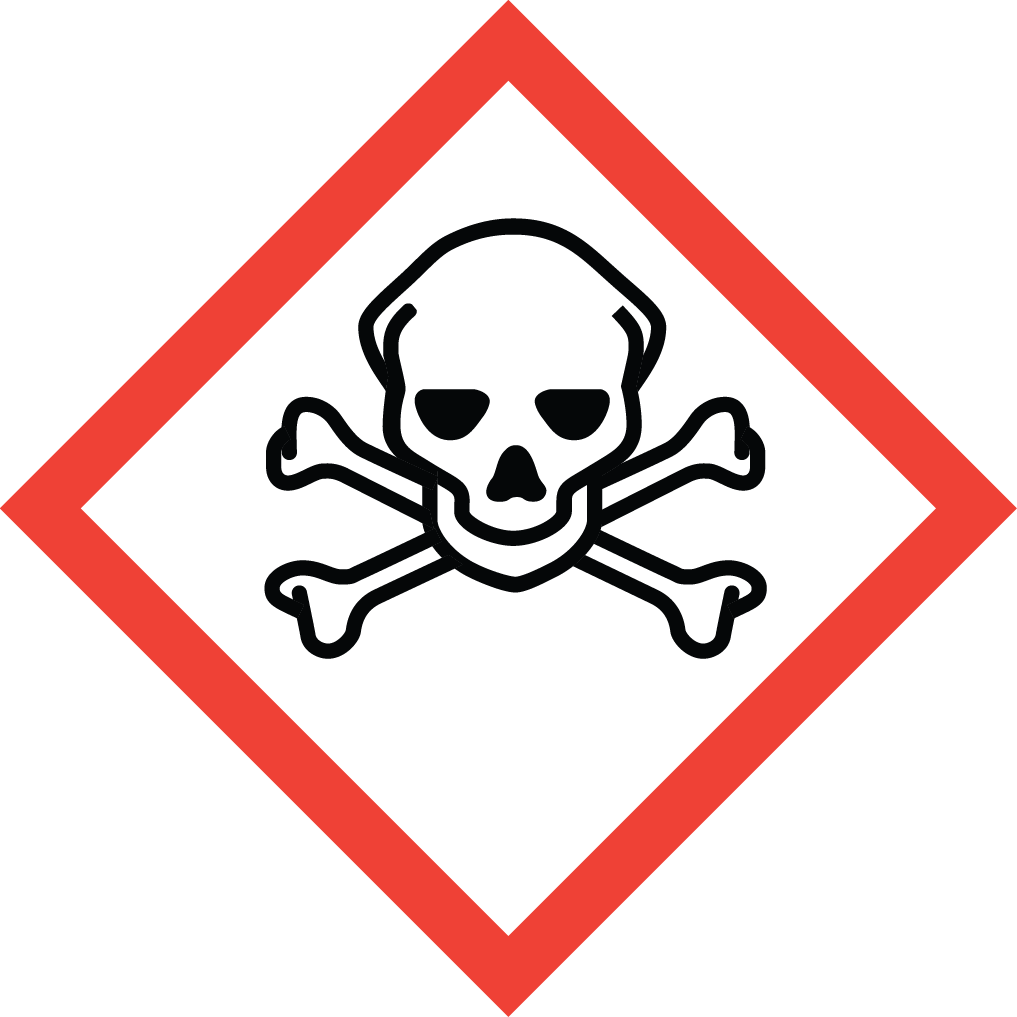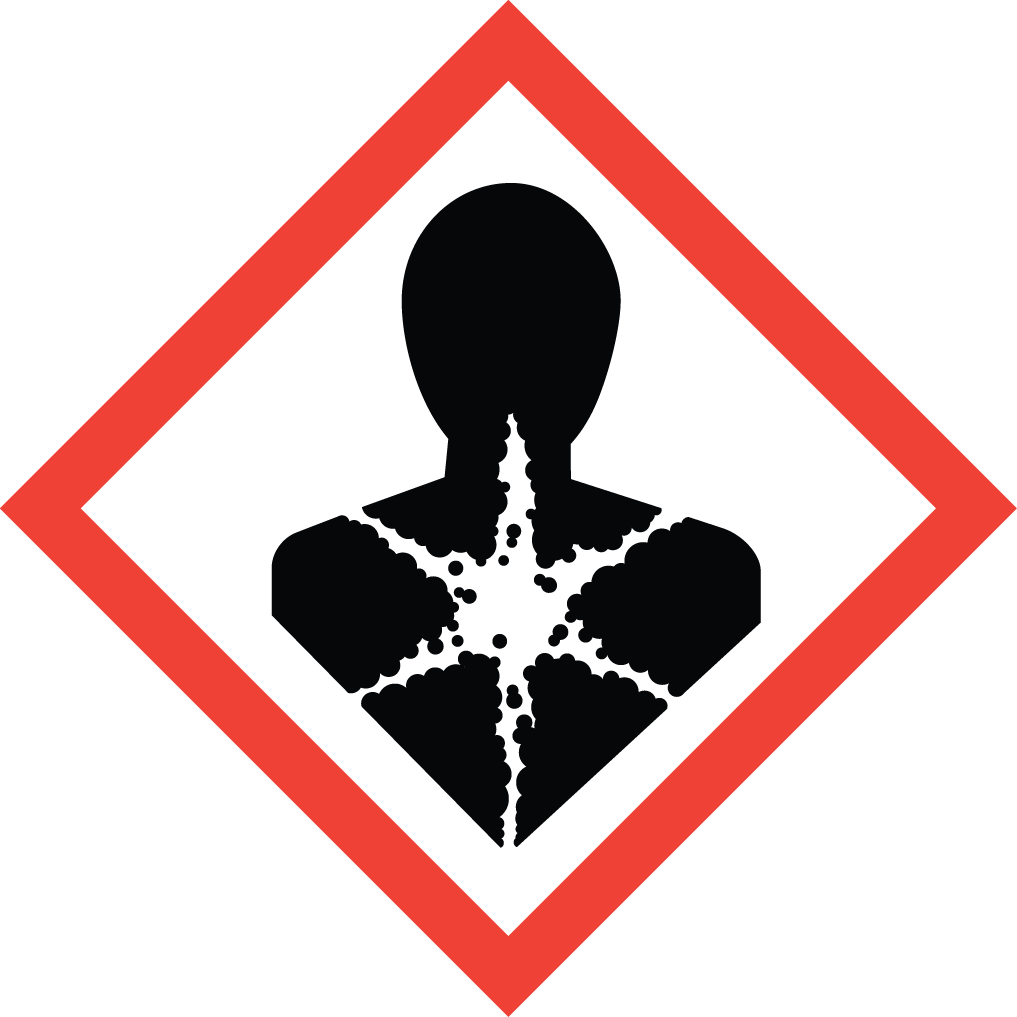Aure Chemical: Your Reliable Source for High-Purity Anhydrous Hydrogen Fluoride
Aure Chemical is a premier global supplier of high-quality Anhydrous Hydrogen Fluoride ($HF$), universally known as AHF. Identified by its CAS number 7664-39-3, AHF is a colorless gas at room temperature, which condenses into a fuming liquid below 19.5 °C. This highly reactive and supremely corrosive compound is the foundational source of fluorine for nearly all fluorine-containing chemicals and materials. AHF's powerful reactivity and unique properties make it an indispensable building block for a vast array of high-tech and industrial sectors. Its wide-ranging applications include the manufacturing of fluorocarbons (for refrigerants and advanced polymers), aluminum, uranium processing, and serving as a crucial catalyst in petroleum refining. Due to its extreme hazards and demanding handling requirements, the supply and transport of AHF require unparalleled expertise and adherence to the most stringent safety protocols. Aure Chemical's unwavering commitment to excellence ensures that our Anhydrous Hydrogen Fluoride meets the most rigorous purity and concentration requirements for your critical industrial applications, guaranteeing consistency, safety, and reliability.
Basic Information of Anhydrous Hydrogen Fluoride
Anhydrous Hydrogen Fluoride (CAS No. 7664-39-3) is meticulously produced and rigorously tested to meet stringent quality standards. We ensure exceptional purity and consistent performance, essential for your critical applications:
| CAS No.: | 7664-39-3 |
|---|
| EC No.: | 231-634-8 |
|---|
| Linear Formula: | HF |
|---|
| Molecular Weight: | 20.01 |
|---|
| Appearance: | Colorless gas at room temperature; colorless, fuming liquid below19.5 °C |
|---|
| Odor: | Possesses an extremely pungent odor. |
|---|
| Melting Point: | 19.5 °C |
|---|
| Boiling Point: | -83 °C |
|---|
| Density: | 1.15 g/mL at 25 °C(lit.) |
|---|
| Solubility: | Highly soluble in water, forming hydrofluoric acid. |
|---|
| Reactivity: | Extremely reactive and highly corrosive to virtually all materials except certain plastics (like PTFE) and some specific alloys. Undergoes strong exothermic reactions with water. |
|---|
| Toxicity: | Extremely toxic via inhalation, ingestion, and skin contact. Causes severe, penetrating burns that may not be immediately painful but can be life-threatening. Highly hazardous. |
|---|
| RIDADR: | UN 1790 8, 6.1 /PG 1 |
|---|
| Chemical Structure: |  |
|---|
Our commitment to delivering high-purity Anhydrous Hydrogen Fluoride ensures a reliable and efficient component for your critical processes, offering consistent quality for diverse industrial needs, while prioritizing uncompromising safety in handling and logistics.
Primary Applications of Anhydrous Hydrogen Fluoride (AHF)
Anhydrous Hydrogen Fluoride's unparalleled reactivity and its role as the fundamental source of fluorine make it an indispensable compound with extensive applications across various high-tech and heavy industrial sectors:
Fluorocarbon Production:
The vast majority of AHF is consumed in the manufacturing of fluorocarbons, including hydrofluorocarbons (HFCs), hydrochlorofluorocarbons (HCFCs) for refrigerants, blowing agents, and propellants. It is also critical for producing high-performance fluoropolymers like PTFE (Teflon), FKM, and PVDF, which are essential in diverse applications from non-stick coatings to chemical-resistant linings.
Aluminum Production:
AHF is essential for the synthesis of aluminum trifluoride (AlF₃) and synthetic cryolite (Na₃AlF₆). These compounds serve as crucial fluxing agents in the electrolytic reduction of alumina to produce primary aluminum metal, significantly lowering the melting point of the electrolyte.
Petroleum Refining (Alkylation):
It is widely used as a highly effective catalyst in the alkylation process within petroleum refineries. This process combines isobutane with olefins to produce alkylate, a high-octane gasoline blending component.
Uranium Processing:
AHF plays a critical role in the processing of uranium ores and the subsequent conversion to uranium hexafluoride (UF₆), which is then enriched for use as fuel in nuclear power plants.
Specialty Chemical & Pharmaceutical Synthesis:
AHF acts as a powerful fluorinating agent and a catalyst in the synthesis of a wide variety of specialty chemicals, fluorinated pharmaceuticals, and agrochemicals, where the precise introduction of fluorine atoms is required for specific properties.
Why Choose Aure Chemical for Your Anhydrous Hydrogen Fluoride Supply?
Aure Chemical is dedicated to providing superior chemical solutions and unparalleled customer support. By partnering with us for your Anhydrous Hydrogen Fluoride requirements, you benefit from:
Exceptional Purity & Consistent Quality: Our AHF is manufactured to the most stringent purity and concentration specifications, crucial for optimizing performance in highly sensitive processes like semiconductor precursor production and fluorocarbon synthesis.
Uncompromising Safety & Compliance: Given the extreme hazards associated with AHF, Aure Chemical maintains world-class safety standards. Our manufacturing, storage, and transportation protocols are meticulously designed to adhere strictly to international safety regulations and best practices, ensuring maximum security.
Reliable Global Supply Chain: We maintain a robust and efficient global supply network, guaranteeing timely and secure delivery of this critical chemical to your facilities worldwide. Our specialized logistics for highly hazardous materials ensure safe and compliant transportation.
Expert Technical & Safety Support: Our dedicated team of experienced chemists and highly trained safety specialists is readily available to offer comprehensive guidance on product application, stringent safe handling procedures, emergency response planning, and optimal storage conditions for Anhydrous Hydrogen Fluoride.
Commitment to Quality & Responsible Stewardship: We adhere to the highest industry standards for quality management, environmental responsibility, and product stewardship across all our operations, ensuring peace of mind for our clients and the responsible management of extremely hazardous chemicals.
Choose Aure Chemical for a trustworthy and dependable supply of high-quality Anhydrous Hydrogen Fluoride. We're ready to support your most demanding and innovative industrial processes with an unwavering commitment to safety and excellence.
Hazards Classification
GHS Classification: Corrosive (GHS05), Acute Toxicity (GHS06), Health Hazard (GHS08)
Hazard Statements: Causes severe skin burns and eye damage; fatal if inhaled; toxic if swallowed; may cause damage to organs (bones, teeth) through prolonged or repeated exposure.
UN Number: UN 1790
Hazard Class: 8 (Corrosive Substances), 6.1 (Toxic Substances)
Packing Group: I
 GHS05: Corrosive
GHS05: Corrosive GHS06: Acute toxicity
GHS06: Acute toxicity GHS08: Health hazard
GHS08: Health hazard
